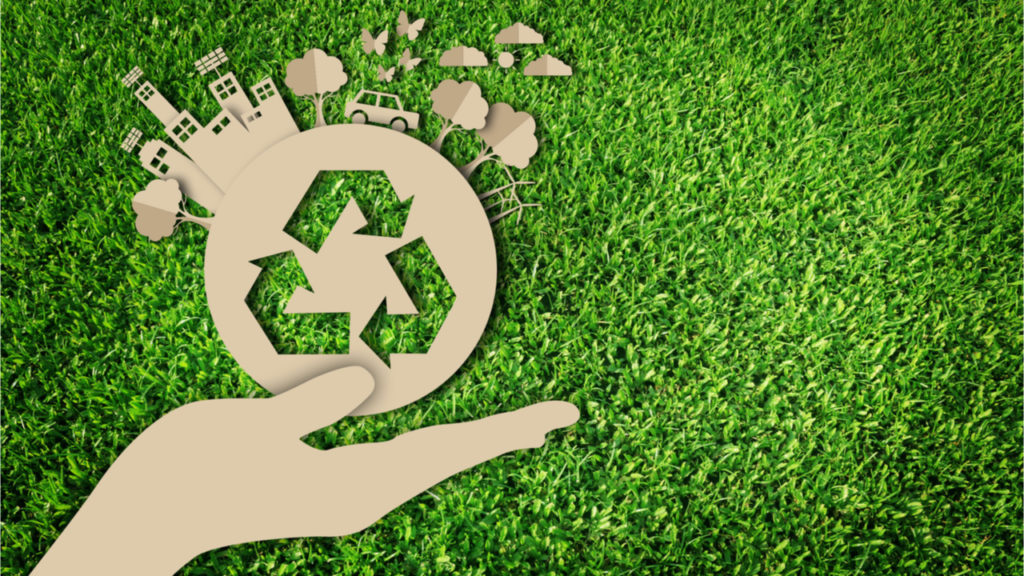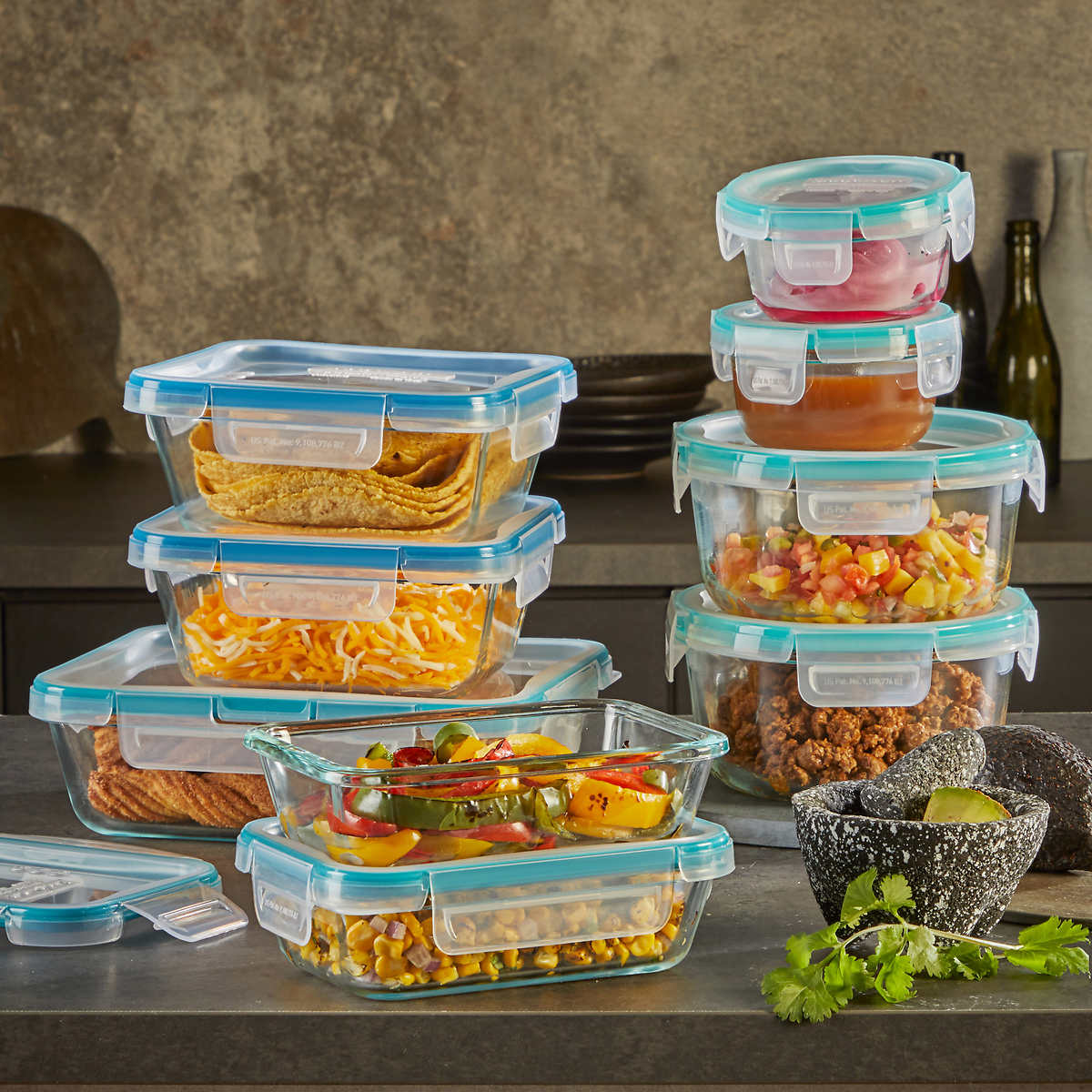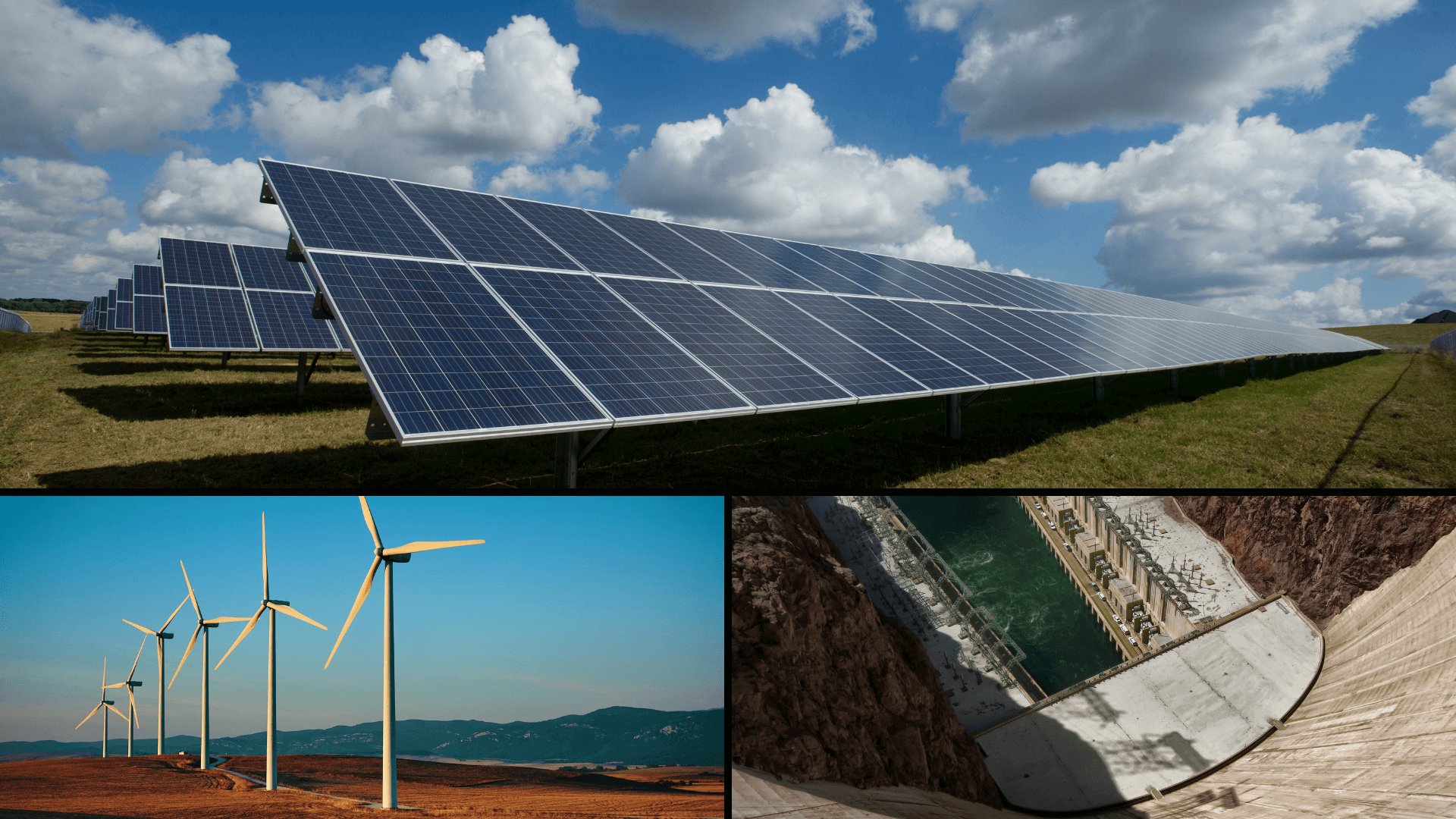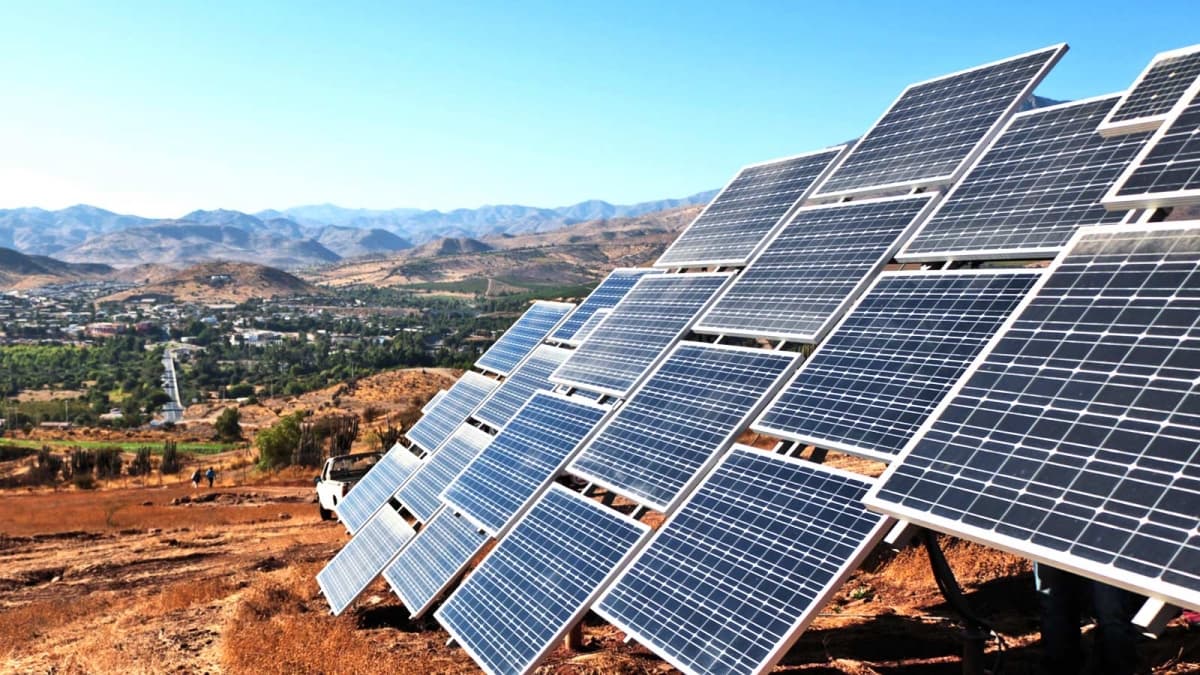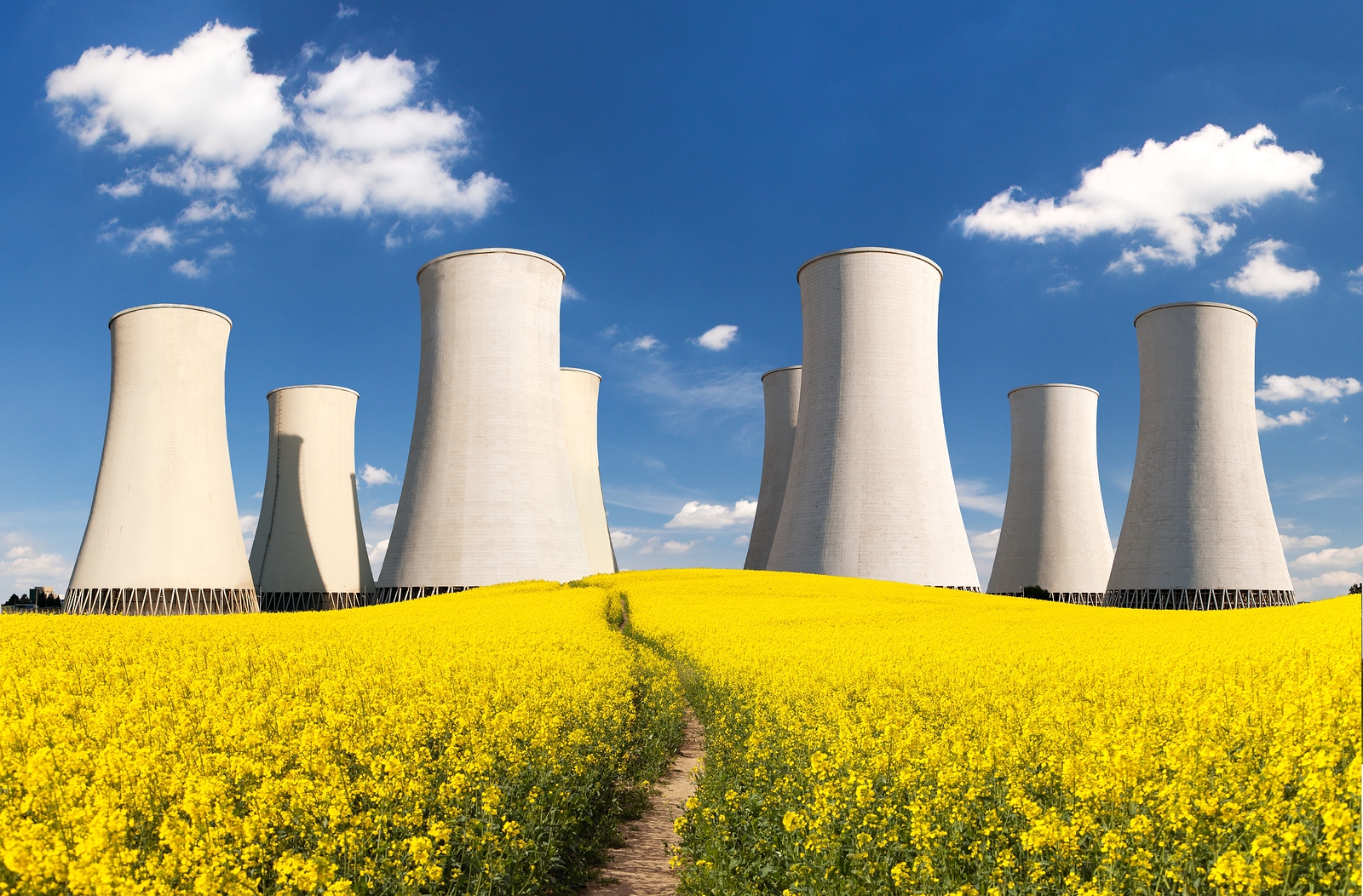Sustainable gifts can be scary if you don’t know what to look for, but they are not hard to find. The benefits of minimizing the impact on the surrounding environment outweigh the process of finding a green gift along with buying the gift. It only takes a few minutes to think about your friend’s interests, whether it’s gardening, cooking, sewing, fashion, furniture or music, you’ll be able to find something that supports a sustainable life.
Most likely the next question you ask yourself is: what is a sustainable gift? Sustainability is the ability to last over time. There is no global definition of a sustainable gift, but you will probably recognize one when you see one.
The gift items you are looking for are natural, organic, handmade, recycled, or products that promote a sustainable environment. You should not skimp on style, fashion or substance. Paying attention to labeling will help you choose a gift that captures the lifestyle you are looking to support. Examples include green gifts, fair trade gifts, organic, made from recycled and renewable resources, which support local artisans, small businesses, cooperatives, craft industries and fair trade.
In today’s environmentally conscious world, the word sustainable has become synonymous with any product that has been made from renewable materials, that is useful, that does not clutter or pollute the environment, that does not damage the earth’s ecology, that is biodegradable or at least can be recycled or reused. Any item that does not fit this description is not sustainable.
In direct response to the growing demand for sustainable products, many ecological companies around the world have created articles that fit all or part of the description. A quick search on the internet or a visit to your local department store will reveal that there are many sustainable items you can give away. For those who are really passionate about sustainable living, a copy of Michael Mobbs’ Sustainable House would be perfect.
Other gifts you might consider would be energy-efficient electric light bulbs or solar-powered LED garden lights. These don’t cost much and consume very little electricity. If they love gardening, then you could give them a bag of organic garden fertilizer, or even some garden seedlings. If their new home does not have a garden, then you could give them flower pots or wooden containers to grow vegetables and herbs.
If you want more expensive items, then you could give them an instruction manual for DIY solar panels, and maybe even some of the materials they need. But a family living in greenery might already have solar energy. Do they have a swimming pool? If so, then a solar pool enclosure would be a good idea if they don’t already have one. Made of polyethylene or UV-stabilized vinyl, it prevents water loss through evaporation in hot climates and keeps the water warm in colder climates, and is a great way to save both water and electricity.
You might also consider organic and fair trade luxury food products, such as some excellent coffee beans or fair trade chocolate, or an organic fruit gift basket. But be careful with the packaging: don’t buy a gift because it is “sustainable” just to realize that it is packaged with a plastic load, or even a fancy basket that the recipients won’t use.
In short, there are plenty of options for sustainable gifts that will make great housewarming gifts, just like there are for every occasion. Don’t forget antiques or reuse items. Local boutiques and gift stores will also help you with clothing and handbags. If you are creative and have time make your gift. Cakes and pies are easy to prepare, but when you have time use your sewing or painting skills that you may have acquired. Go to the library and find a craft book, then try to make something homemade.
Ecological thinking is good for giving, good for living and good for the environment. It is also a lot of fun. Don’t worry when someone you know is living a sustainable lifestyle. Sustainable gifts are just around the corner.












